Affiliate links on Android Authority may earn us a commission. Learn more.
Google Nest Wifi vs Google Wifi: Should you upgrade your mesh Wi-Fi network?
Published onApril 2, 2021
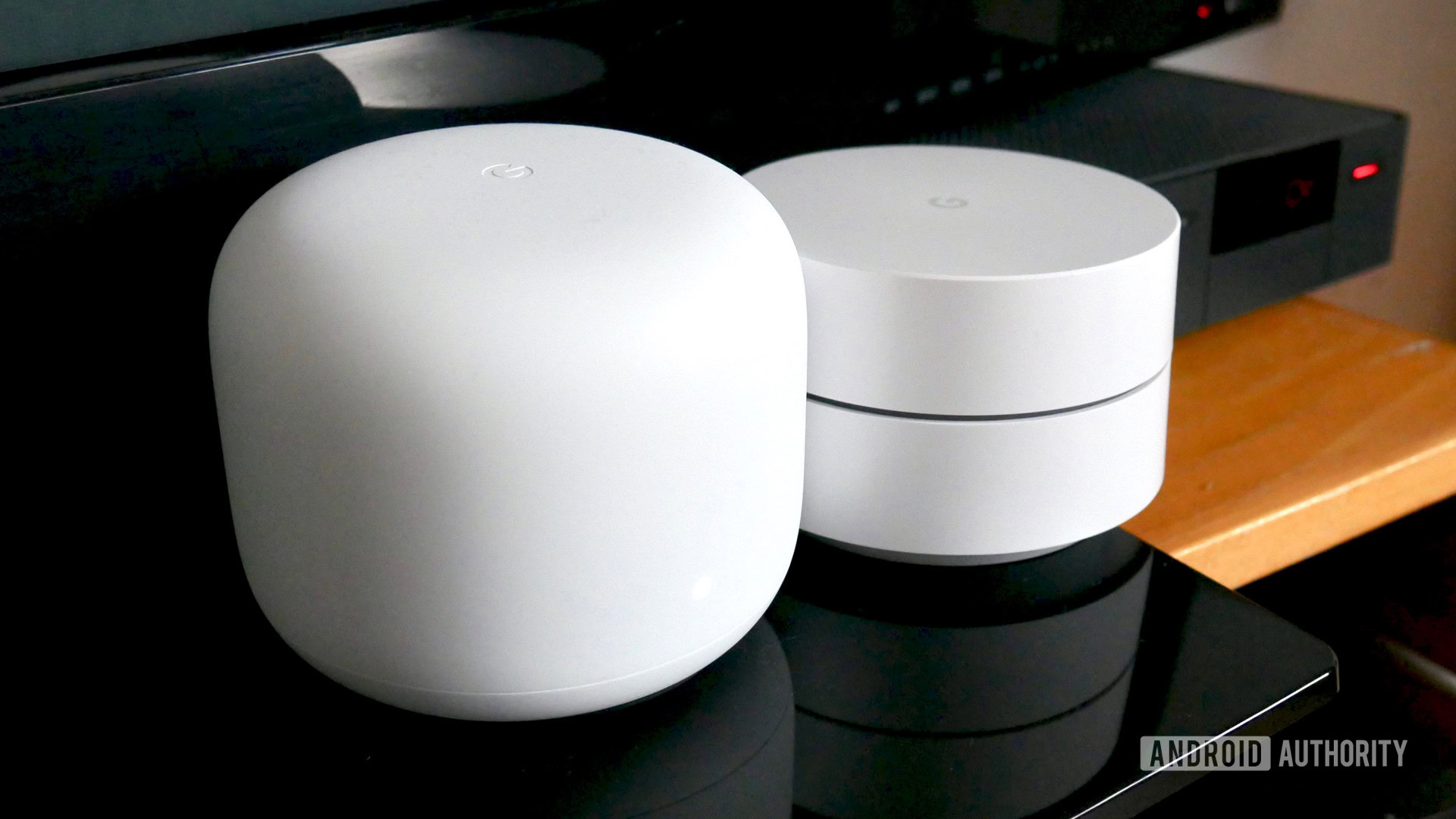
Google has been slowly rebranding its smart home devices under the Google Nest moniker. One of the latest additions to the growing family is the Google Nest Wifi — the successor to the Google Wifi mesh router launched in 2016.
The original Google Wifi was widely praised for its simplicity in extending network coverage between rooms through multiple units. Google says the Nest Wifi is better in every way, with higher specs and some optional new smart home features.
Is it worth upgrading to the Nest Wifi if you already have Google Wifi? What are the differences between the two mesh routers? Find out in this Google Nest Wifi vs Google Wifi comparison!
Is the Google Nest Wifi faster than Google Wifi?
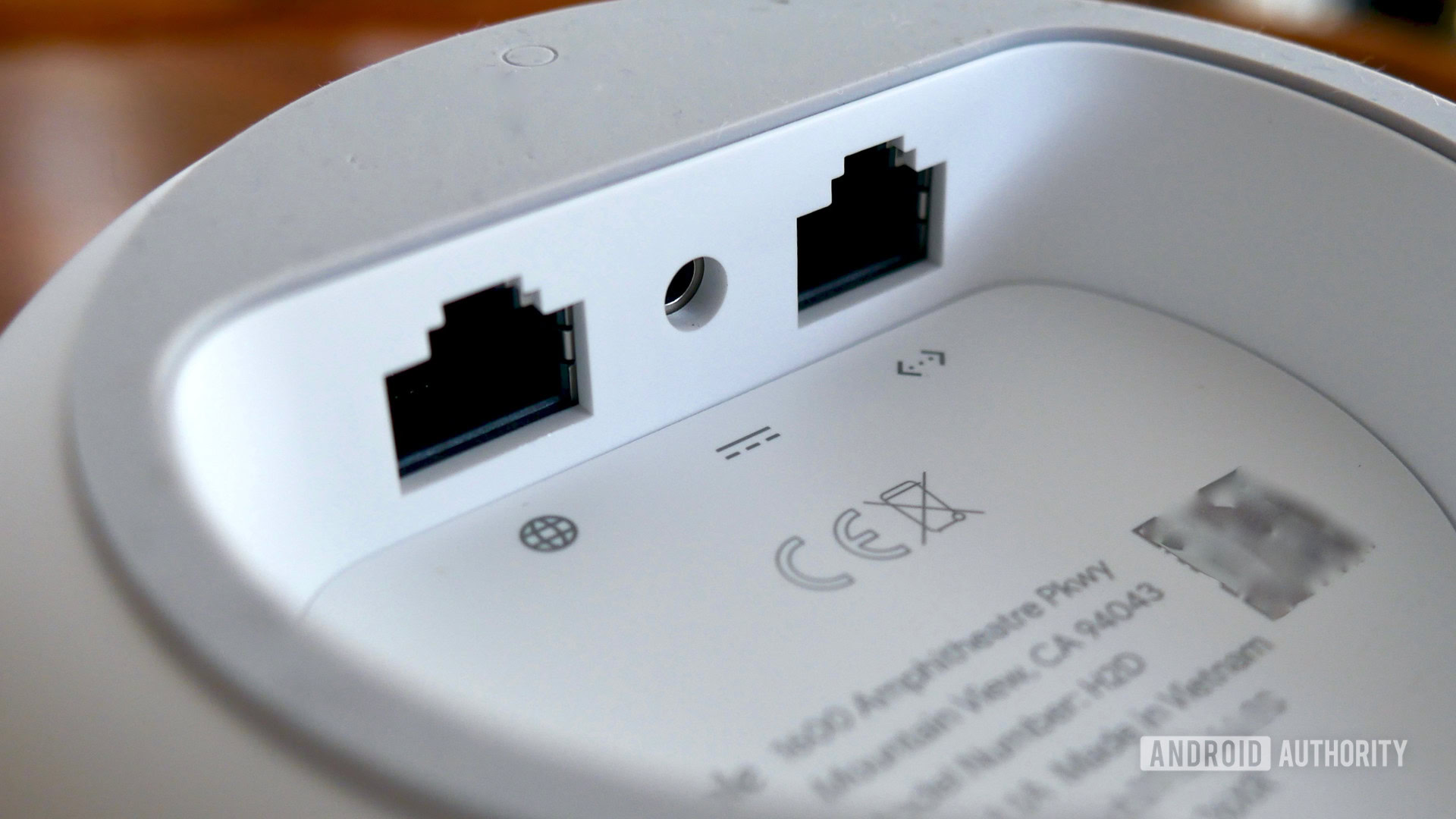
In a word: Yes
The Google Nest Wifi supports AC2200 MU-MIMO Wi-Fi with 4 x 4 antennas. This covers a theoretical maximum of 2,200Mbps with 400Mbps on the single 2.4GHz band and 1,733Mbps on 5GHz across two bands. It’s powered by a 1.4GHz quad-core processor and 1GB of RAM.
Meanwhile, the Google Wifi supports AC1200 with 2 x 2 antennas for a total maximum of 1,200Mbps across one 2.4GHz band and one 5GHz band. It’s also got half the amount of RAM (512MB) and a weaker quad-core 710Mhz processor.
What that means in practice is that you’ll be able to connect far more devices to the Nest Wifi before your bandwidth starts straining.
Both routers hit the Wi-Fi 5 standard (IEEE 802.11ac) and support beamforming, as well as Google’s own special tech, which switches signal between bands as you move around your house to maintain the strongest connection.
If you’ve got an ultra-fast connection capable of 300-500Mbps speeds, there are technically better options out there, though very few routers are as user-friendly as Google’s. Also, the lack of Wi-Fi 6 support removes a bit of future-proofing from both models.
It’s also worth noting that the Google Nest Wifi Points are scaled back to AC1200 with the same antennas as the regular Google Wifi, though they are still a little more powerful in raw specs. If you want the fastest speeds throughout your home or business, you’ll need the Nest Wifi units, not the Points.
Has the coverage improved?
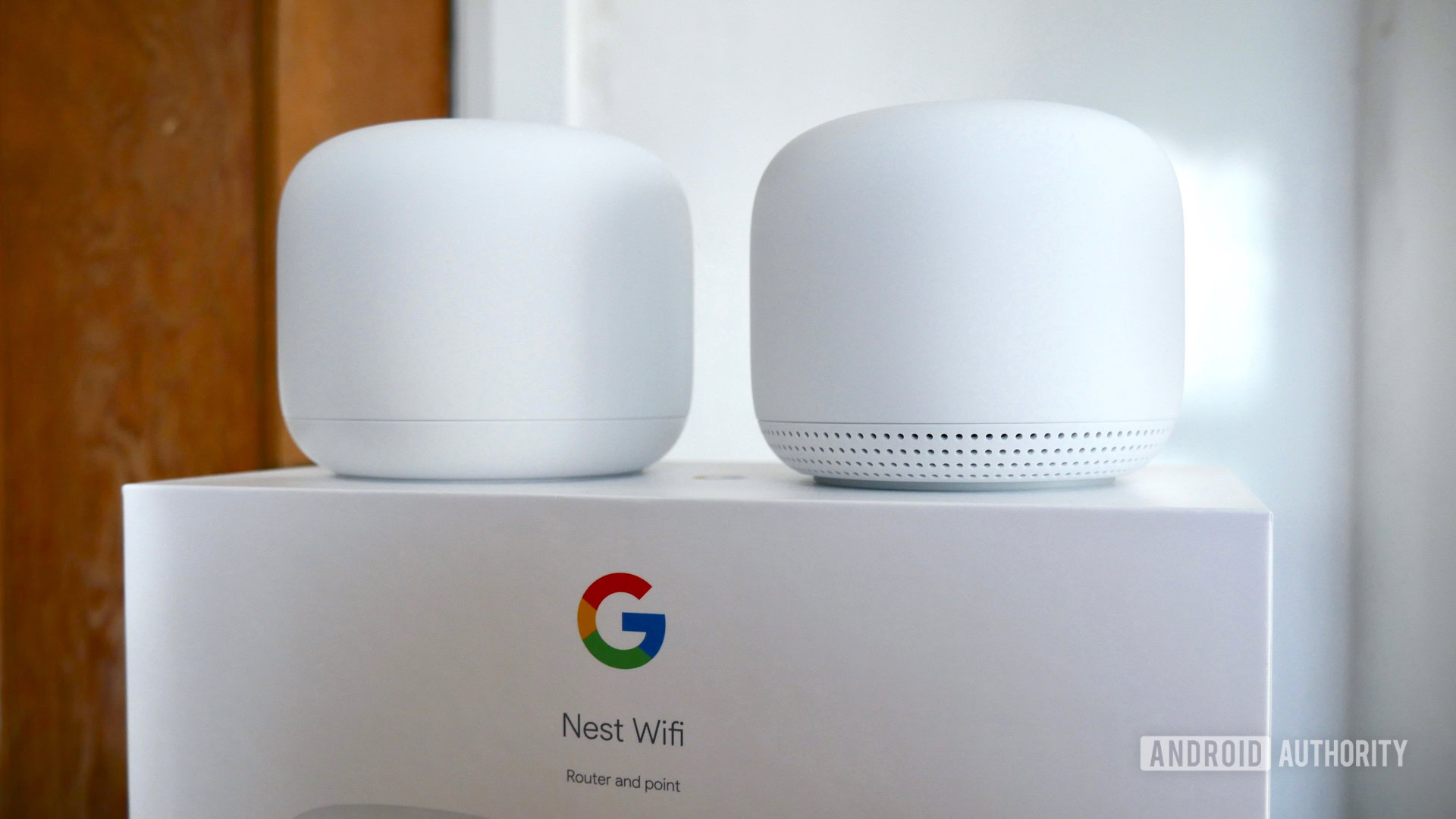
Again, yes, absolutely.
I’ve been using a Google Wifi 3-pack in my three-bed home for the best part of a year. Before switching over from a Virgin Media SuperHub 3 from my provider, the network signal barely reached my office upstairs, leaving me with a slow, unstable Wi-Fi connection with speeds below 10Mbps.
After installing a trio of Google Wifi units, I rocked around 60Mbps of the advertised 200Mbps upstairs, with the main unit downstairs hitting 200Mbps with ease.
In testing the new devices, I made the Nest Wifi my primary router, replaced one of the nodes with a Point, and reused an older Google Wifi router in my office. I’m now getting above at 120Mbps in every single room in my house, with each router in the same locations as before. That’s quite an upgrade.
Don’t believe me? Here are the before and after speed test results:
Before
After
The improved connection results from the increased coverage from the base Nest Wifi, which Google says covers 2,200 square feet vs the 1,500 square foot coverage from the older Google Wifi. The Nest Wifi Points cover 1,600 square feet.
Design changes and Nest Wifi Point features

One of the biggest changes between the Google Nest Wifi and the Google Wifi is the design.
The new routers are taller, wider, and heavier than their predecessors. They’ve also gone through an aesthetic overhaul, with the Nest Wifi adopting a rounded dome-like shape and a smoother finish with options for snow, sand, and mist colorways. It’s certainly more appealing than the plastic, puck-like design from before.
The Nest Wifi is larger, but has a more subtle, dome-like look compared to the old Google Wifi pucks.
Flip the routers over, and it’s a similar story on both devices — two ethernet ports and a power port. Strangely, Google has opted for a barrel jack power connector for the Nest Wifi. The original Google Wifi uses USB-C.
A particularly welcome change is the subtle LED indicator light, which is now a small dot instead of the large pulsing ring wrapped around the Google Wifi pucks. The Nest Wifi Points sit somewhere in the middle with a round LED around the bottom edge.
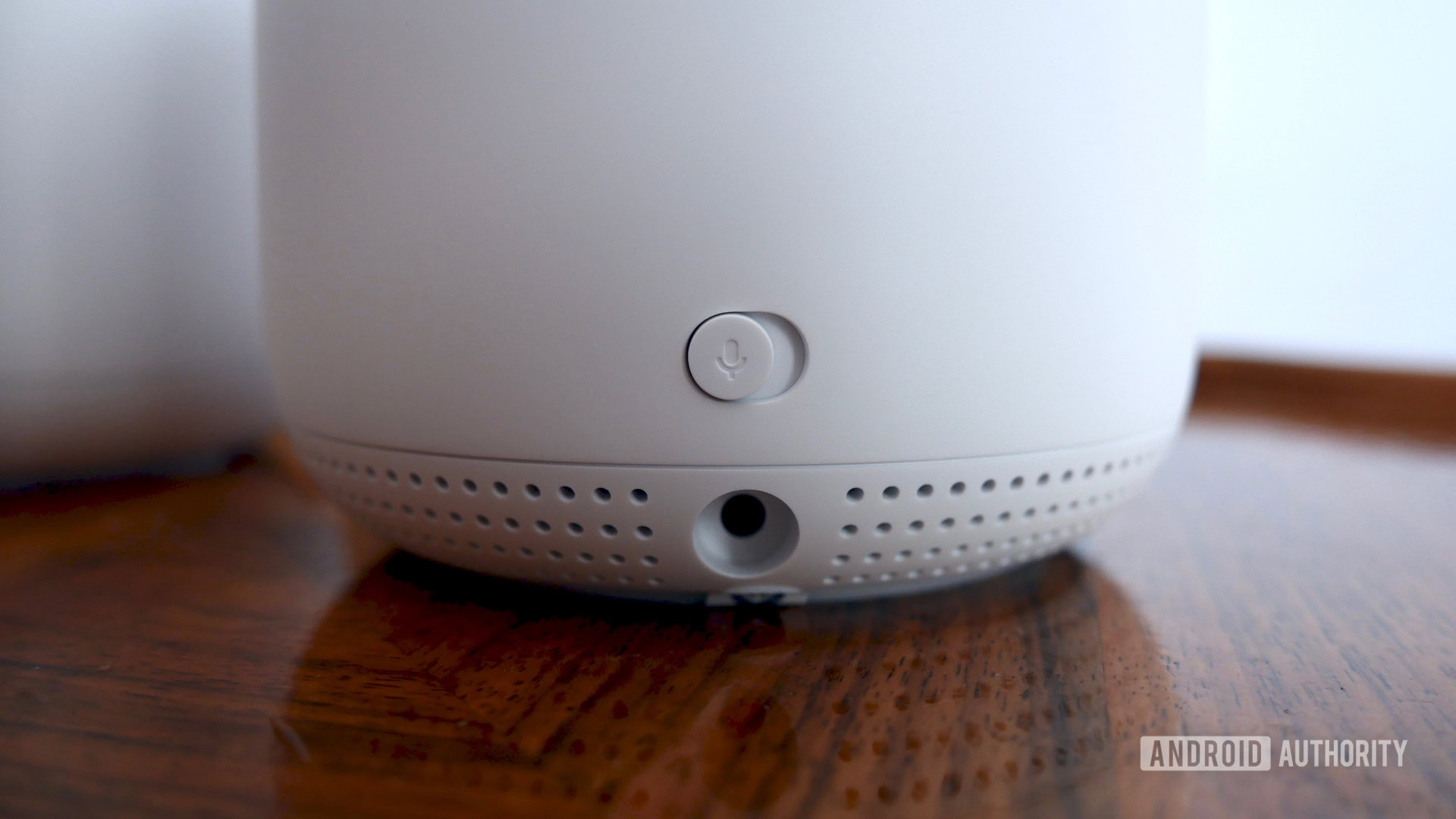
Of course, the biggest change to the ecosystem that comes with Nest Wifi Points’ addition is Google Assistant support.
Each Point essentially doubles up as a Google Nest Mini with all the voice commands, music playback, and smart home controls you get with any Google smart speaker. There’s also a mute button on the back in case you want some privacy.
The audio quality is surprisingly good for a glorified router. The 360-degree sound is on par with the Nest Mini and an improvement on the older Google Home Mini I was previously using in the bedroom where my Nest Wifi Point now resides.
As well as the drop in coverage and network speed, the Nest Wifi Points also lose out on the ethernet ports found on the regular Nest Wifi (and Google Wifi). That means you can’t backhaul your mesh network from a Point.
Can I use my old Google Wifi routers with Nest Wifi?
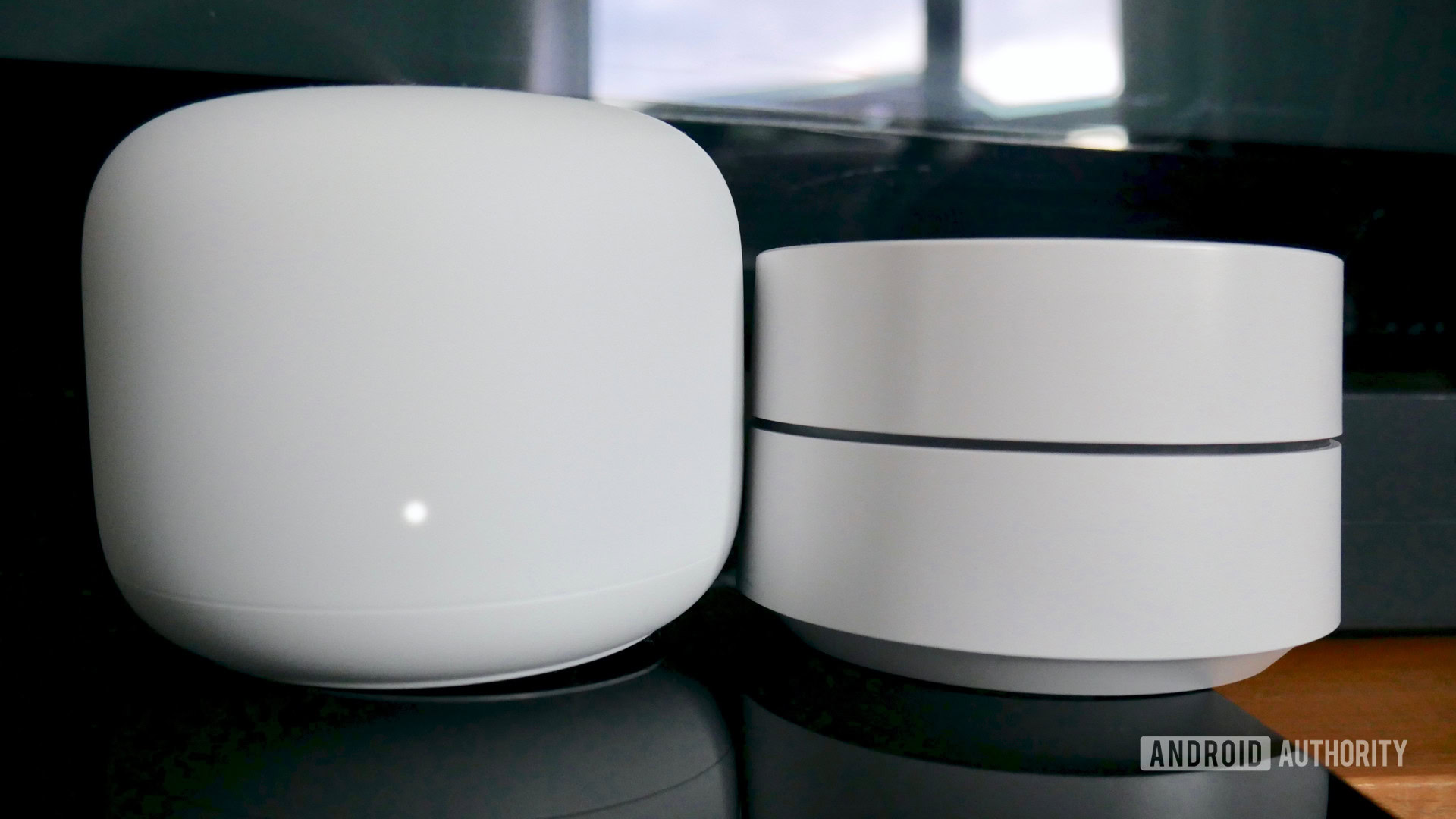
Yes, but it doesn’t come without a few headaches.
If you’re replacing Google Wifi nodes with Nest Wifi or Nest Wifi Points, it’s as simple as adding them to your existing network. However, if you want to replace your primary Google Wifi router connected to the modem with a Nest Wifi, you’ll need to factory reset your entire network and start all over again.
The process of setting everything back up took me around 30 minutes, so it’s not a painful ordeal by any means. Plus, the results are more than worth the effort.
You can technically add up to 200(!) Nest Wifi, Google Wifi, and Nest Wifi Points to a single network, though anything over three will be overkill for a reasonably-sized family home.
Unfortunately, there’s no Google OnHub support, so if you have one of the old TP-Link or ASUS mesh routers, you won’t be able to include them on the same network.
Google Wifi app vs Google Home app: Which is better?
With the original Google Wifi routers, the bespoke Google Wifi app handled the setup and management. That app still exists, but you now have to use the Google Home app to create or add to your network for the Nest Wifi.
However, in a slightly awkward move, you’ll need both apps to get all the features for the Nest Wifi and Google Wifi routers.
Don't uninstall the Google Wifi app just yet!
The Home app, a one-stop-shop for all Google smart home devices, gives you options to add parental controls, create a guest network, enable a mode for optimizing traffic for Google Stadia to maximize performance, and toggle WPA3 security. Those latter two features are also backwards compatible with existing Google Wifi devices through the Home app.
However, if you want to tweak your network through the advanced options, you’ll automatically be re-directed to the Google Wifi app. Here you can alter your DNS, WAN, LAN settings, change your NAT type, control port management, and a bunch of other settings reserved for power users. The Google Wifi app also lets you manually prioritize specific devices on a network to optimize performance.
Google Nest Wifi: Where to buy
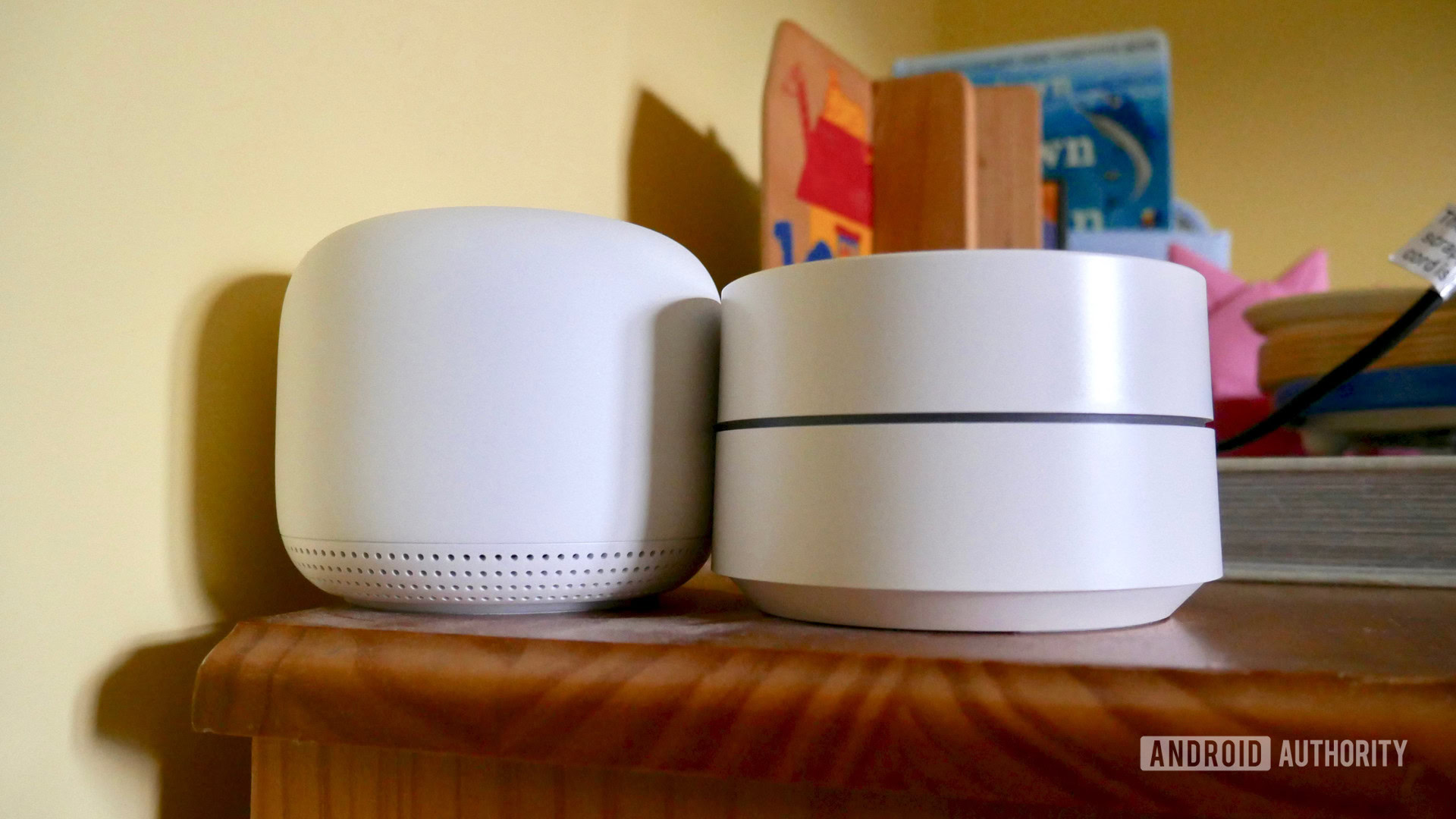
Google is selling through the last of the first generation Google Wifi routers, but you can still pick up a few bundles on Amazon and other major retailers.
For the Google Nest Wifi, there are a variety of router combos available. At Amazon, you can pick up a Google Nest Wifi router for $169 or a two-pack for $299.
Alternatively, you can buy a two-pack with the Google Nest Wifi and a Google Nest Wifi Point for $269 from Best Buy, or a three-pack with two Points for $349. A standalone Nest Wifi Point can be purchased for $149, but it should be noted you’ll need a Nest Wifi or Google Wifi to act as the primary router first.
Google Nest Wifi vs Google Wifi verdict: Should you upgrade?

If you want the very best router Google has to offer, then the Nest Wifi is a solid upgrade over the Google Wifi. The faster speeds and particularly the improved coverage ensure a smoother and more stable Wi-Fi experience. The Nest Wifi Points are also great options if you want a router-smart speaker combo.
If you’re buying a mesh router for the first time, then it’s an absolute no-brainer to go for the new and improved model. However, for existing Google Wifi users, it’s not quite as clear-cut. There’s not much future-proofing with the Nest Wifi, especially with the lack of Wi-Fi 6 support.
It’s taken three years to update the Google Wifi, so perhaps in 2022, we’ll see a new Nest Wifi model with the same, but until then, the Nest Wifi is a welcome addition to Google’s ever-growing smart home family.
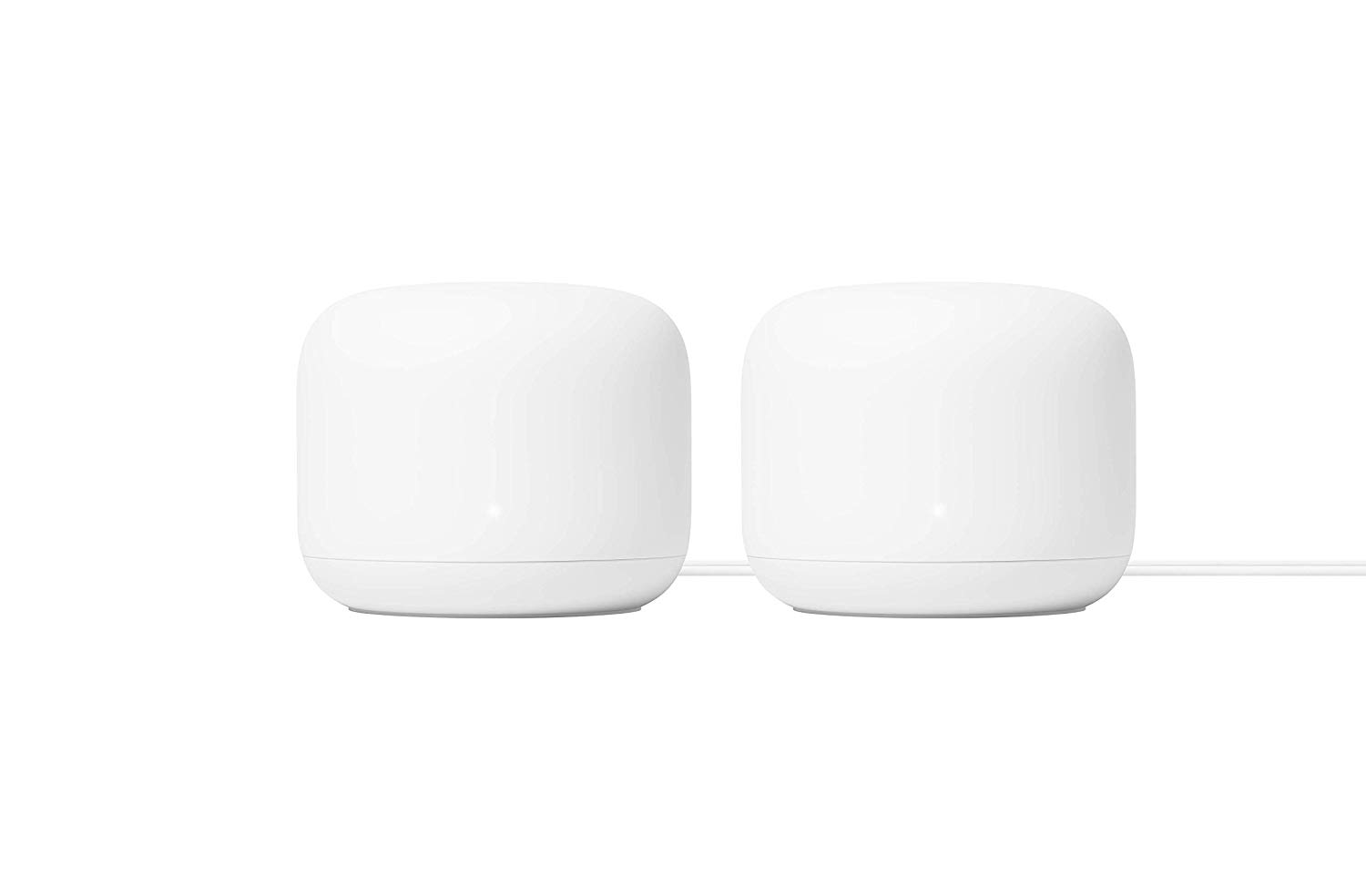
That’s it for our Google Nest Wifi vs Google Wifi comparison. Do you think the Nest Wifi is enough of an upgrade? Will you be picking up a Point for Google Assistant? Let us know in the comments.